From innovation to repetition
A history of pipetting
Mouth pipetting
Early 1800s
Originally, the mouth was used to suck volumes of liquid through glass tubes.
It fell out of favour for very good reasons – still used by some. 👀
See Dr Adah Elizabeth Verder demonstrating the technique on the right (Image source: NIH Image Gallery).
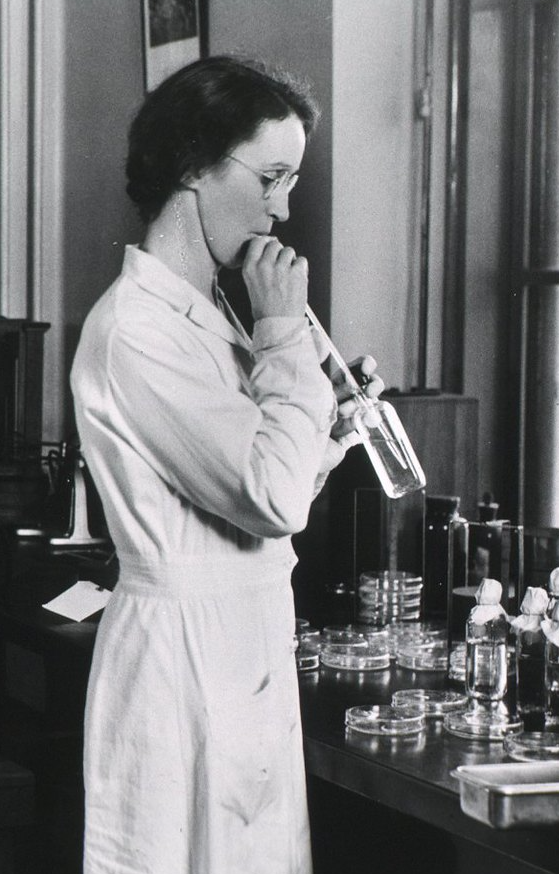
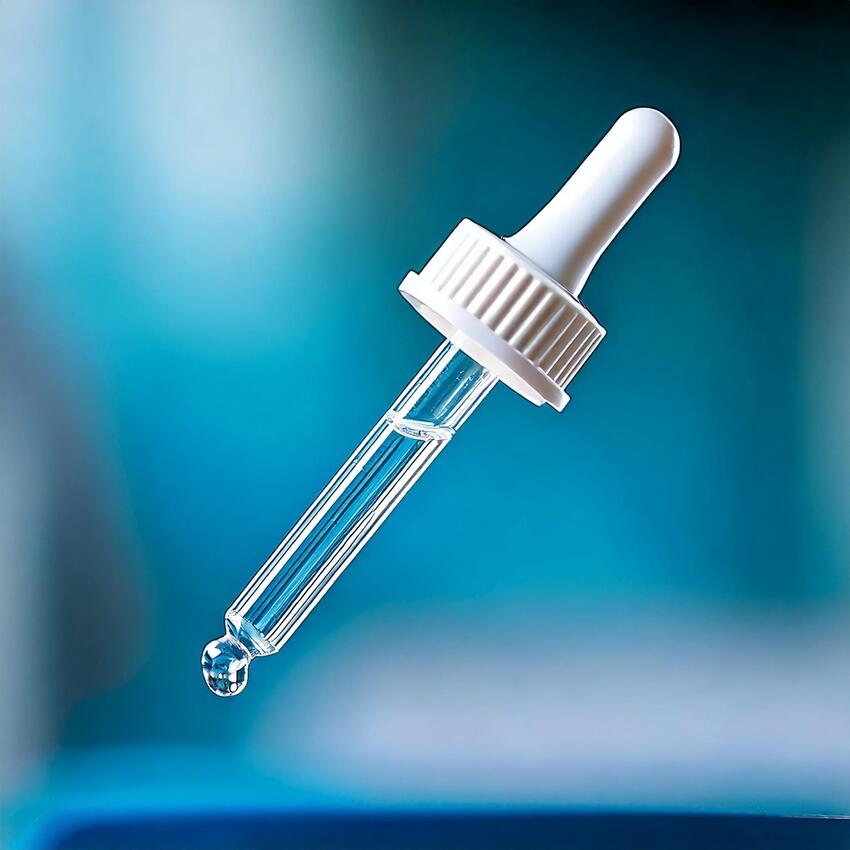
Pasteur pipettes
1860-64
These classic pipettes (commonly used as eye droppers nowadays) were invented by none other than the father of germ theory – Louis Pasteur.
Glass tubes (usually borosilicate) are attached to a rubber bulb which creates suction after the need to keep things sterile became apparent.
Overlach syringe
1889
The first pipette with piston action which became instrumental in modern pipette design.
It used pistons made of asbestos which degraded over time, allowing particles to enter the fluid contained within.

Schmidt’s syringe
1890s
Following Overlach, Baumgartel of Halle created an entirely screw-in syringe. Still used asbestos, though.
Schmidt then manufactured an entirely metal version for better sterilisation.
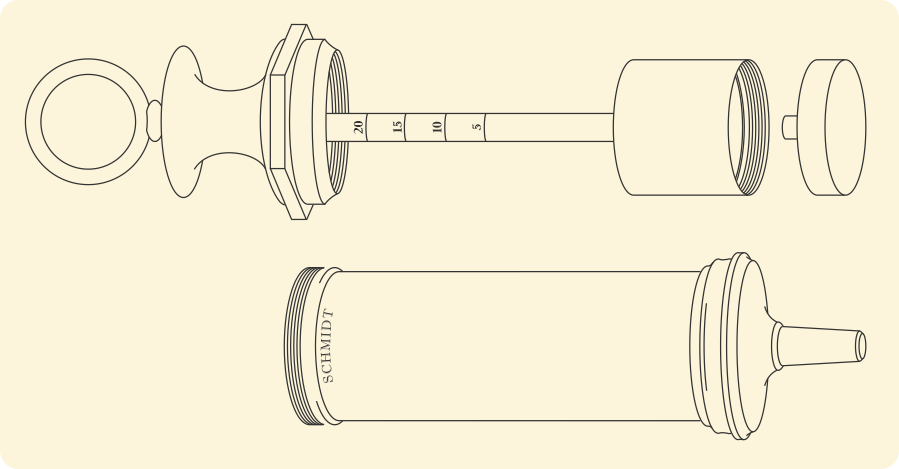
Accidents galore…
1893
One unfortunate physician sucked up a culture of typhoid bacilli into their mouth. He was the first, but certainly not the last (Image source: CDC ID#: 2115).
1915
By this time, 40% of workplace related infections were directly linked to mouth pipetting.
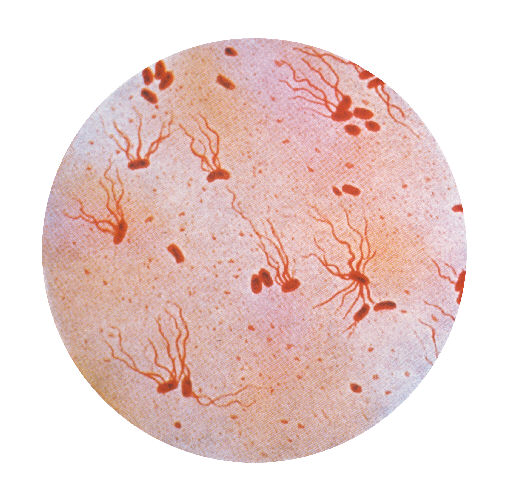
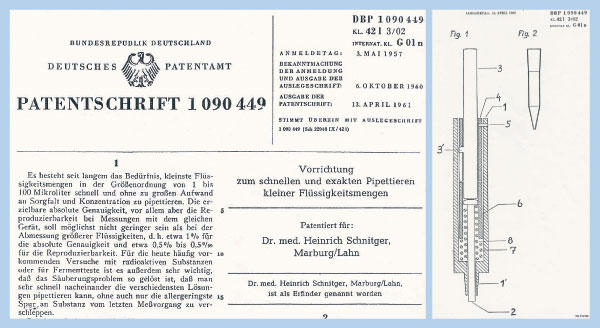
Schnitger’s micropipette
1957 (invented), 1961 (patented)
Based on the Overlach design with a spring loaded piston & removable plastic pipette tips (Image source: Klingenberg, 2005).
It transferred < 1 mL and signalled the end of mouth pipetting.
Eppendorf micropipette
1960s
Eppendorf worked with Schnitger to improve the design & bought the patent. He also developed polyethlyene & polypropylene pipette tips (Image source: Klingenberg, 2005).

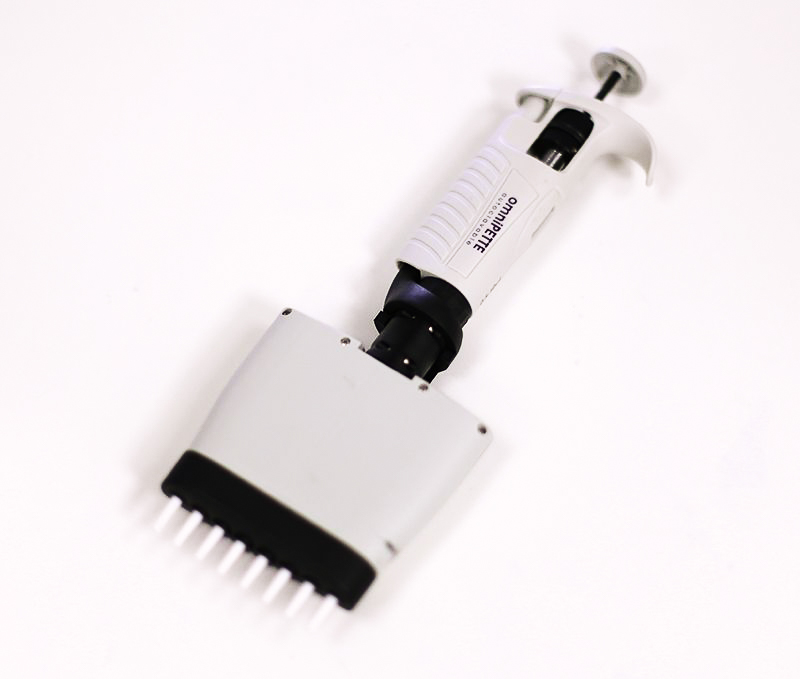
Multi-channel micropipette
1973
Finnpipette was patented and came in 4, 8 & 12-channel versions up to 300 µL.
Contemporary Cleaver Scienfitic 8-channel omniPETTE is pictured on the left.
Gilson micropipette
1974
Patent filed in the USA by Gilson & Lardy for the first Gilson Pipetman.
The key innovation was the ability to adjust the volume of aspiration.
Gilson micropipettes ‘then & now’ are shown on the right (Image source: Gilson Inc.).
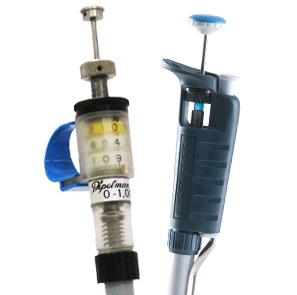
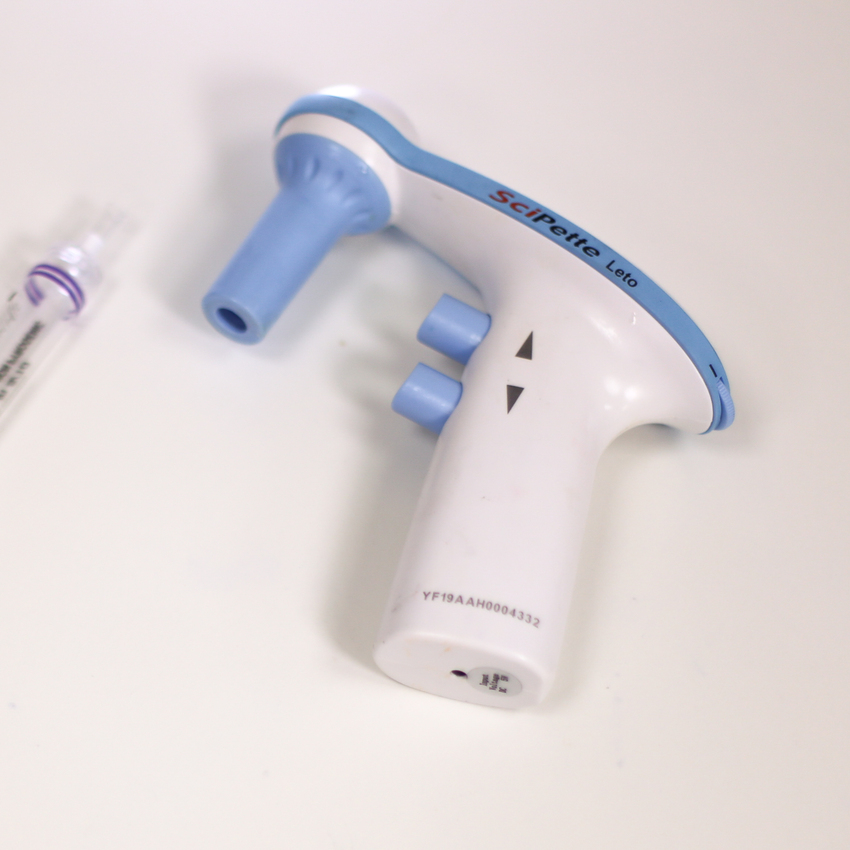
Electronic pipettes
1984
Electronic pipettes came on the scene when Rainin filed a patent for the Stepper Motor Electronic Pipette.
Shown on the left is the SciPette Leto, still used on the daily at Singer Instruments.
QUADRA96
1990
The first 96-channel pipetting device developed by Tomtec Ltd, about the size of a modern bench-top autoclave.
It had a stage for positioning a variety of labware and a head mounted above on a linear Z-axis.
This is the ancestor of all present-day high-throughput liquid handling systems.
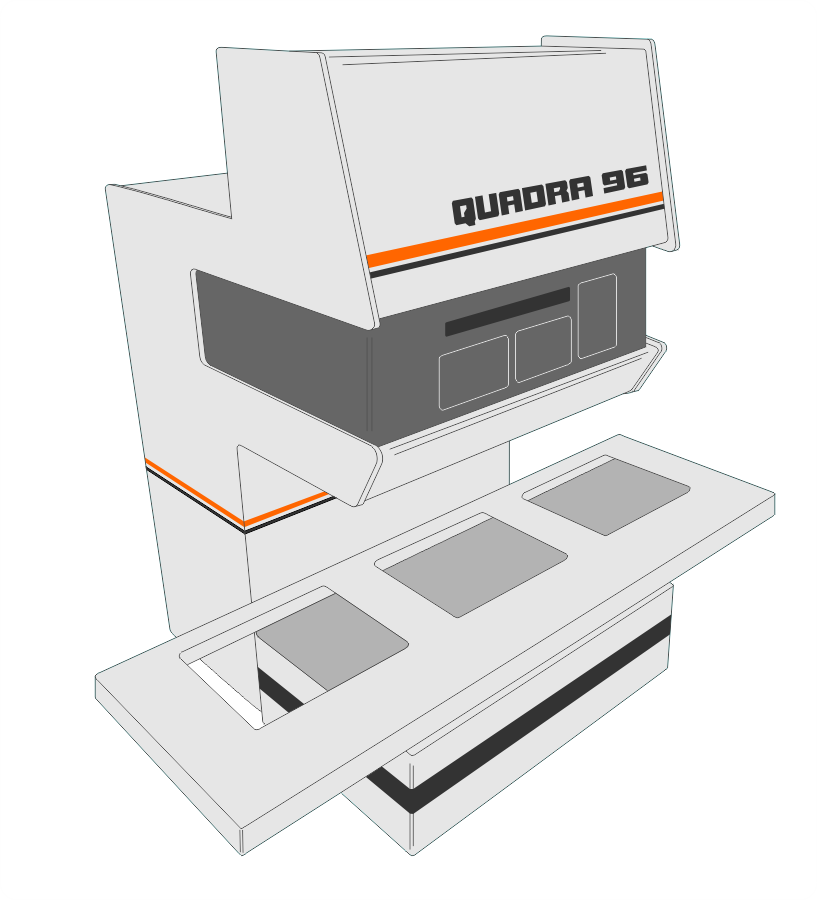
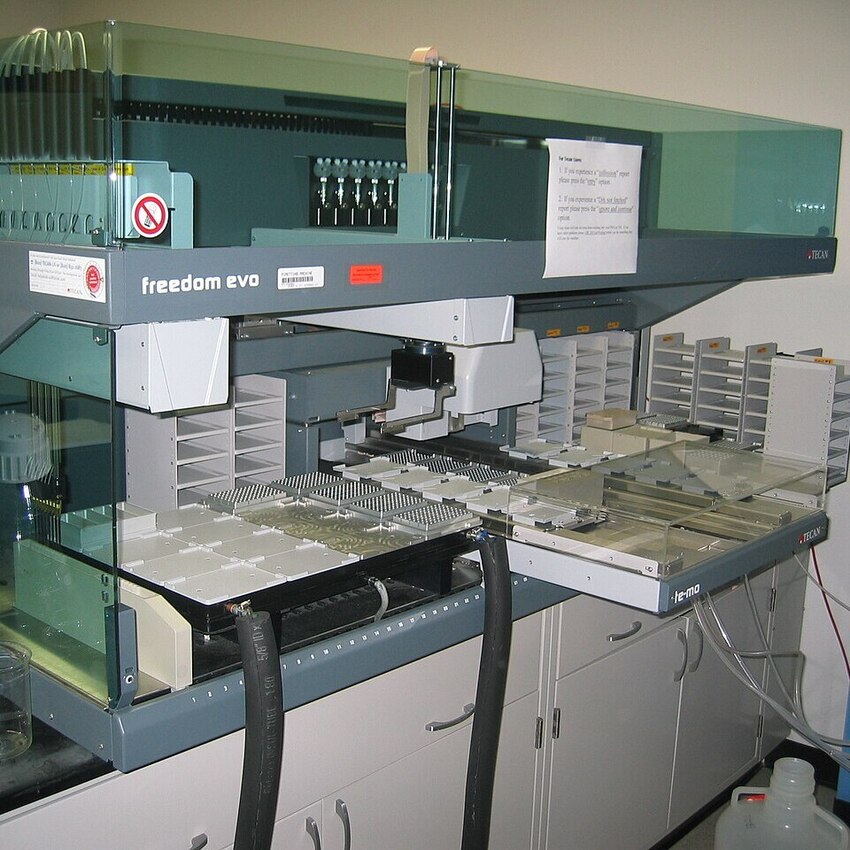
High-throughput liquid handlers
2000 – present
Since the Quadra, liquid handlers have just gotten bigger and more complicated, as can be seen from the Tecan model on the left (Image source: By Will381796 on English Wikipedia, CC BY-SA 3.0).
Designed for super high-throughput experiments with all the features you could possibly imagine (while being a nightmare to program and maintain).
Singer Sucker
2024 – 2025
Singer Instruments decided it was time to turn our reputation for usability toward an accessible liquid handling product, but we wanted to go old school! Mouth pipetting was all the rage before it was unceremoniously and unanimously dropped for safety reasons. We created the Singer Sucker™, a simple and safe mouth pipette. After Harry’s demonstration, we scrapped it – check out why.
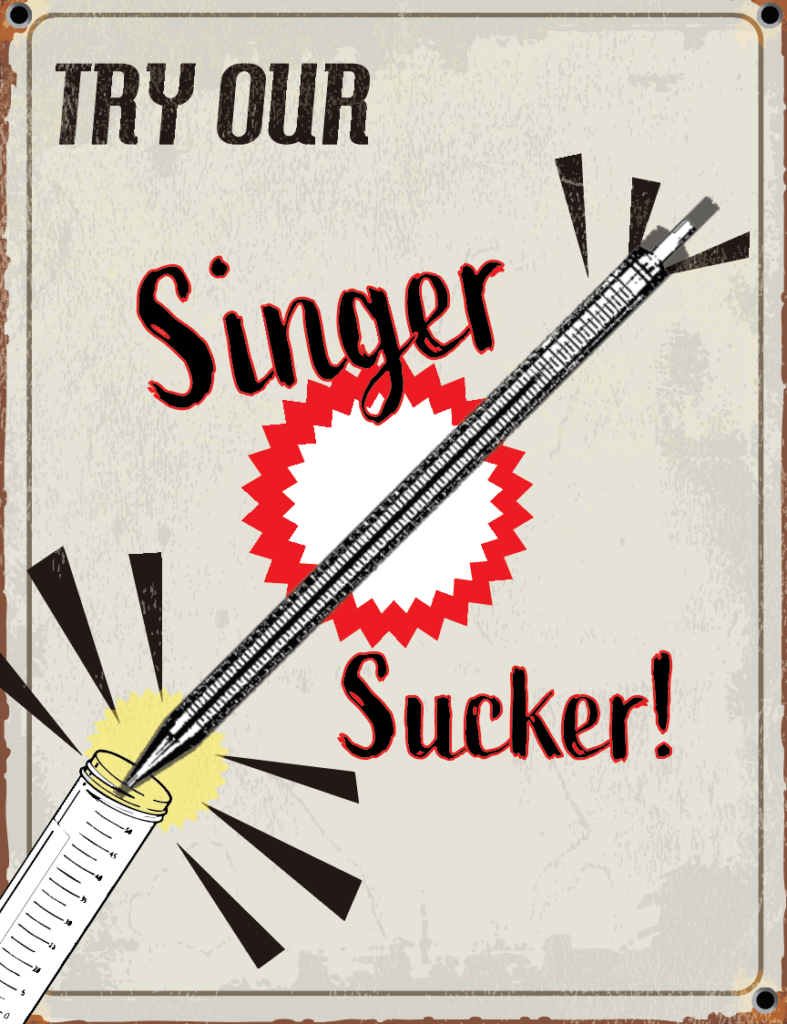
SQWERTY
2025
Designed for the researcher who wants to grow beyond the 1970s Gilson but doesn’t need or want a massive liquid handler.
Explore small scale automated liquid handling and download the SQWERTY brochure here.
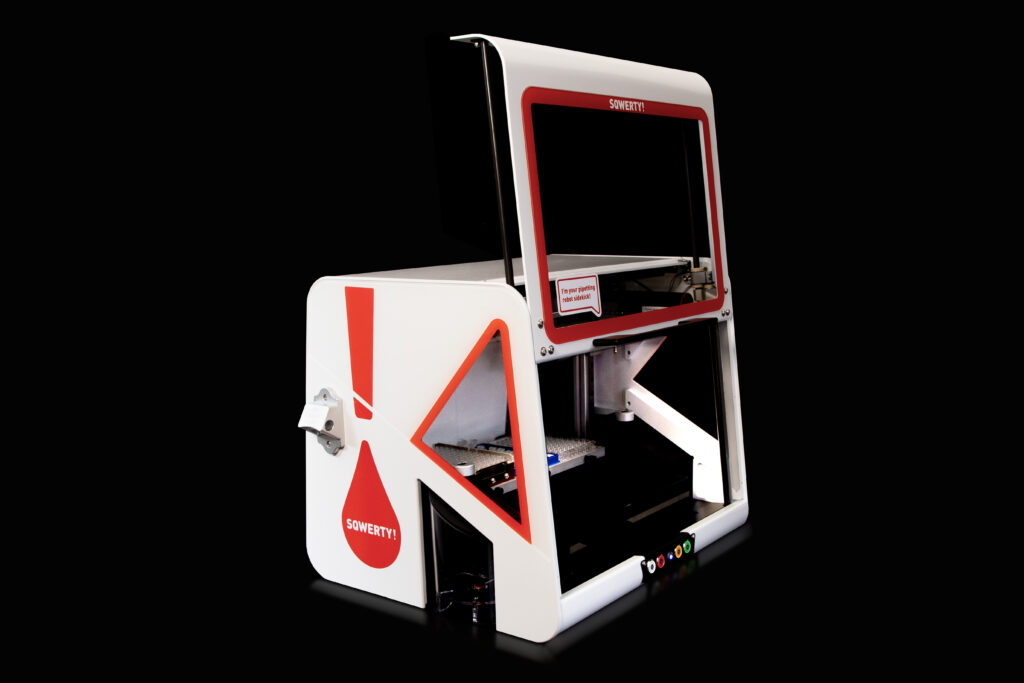
Looking for a small, simple pipetting robot
with the versatility of your manual pipette?
It’s small enough to be put anywhere, simple enough to be used by anyone.
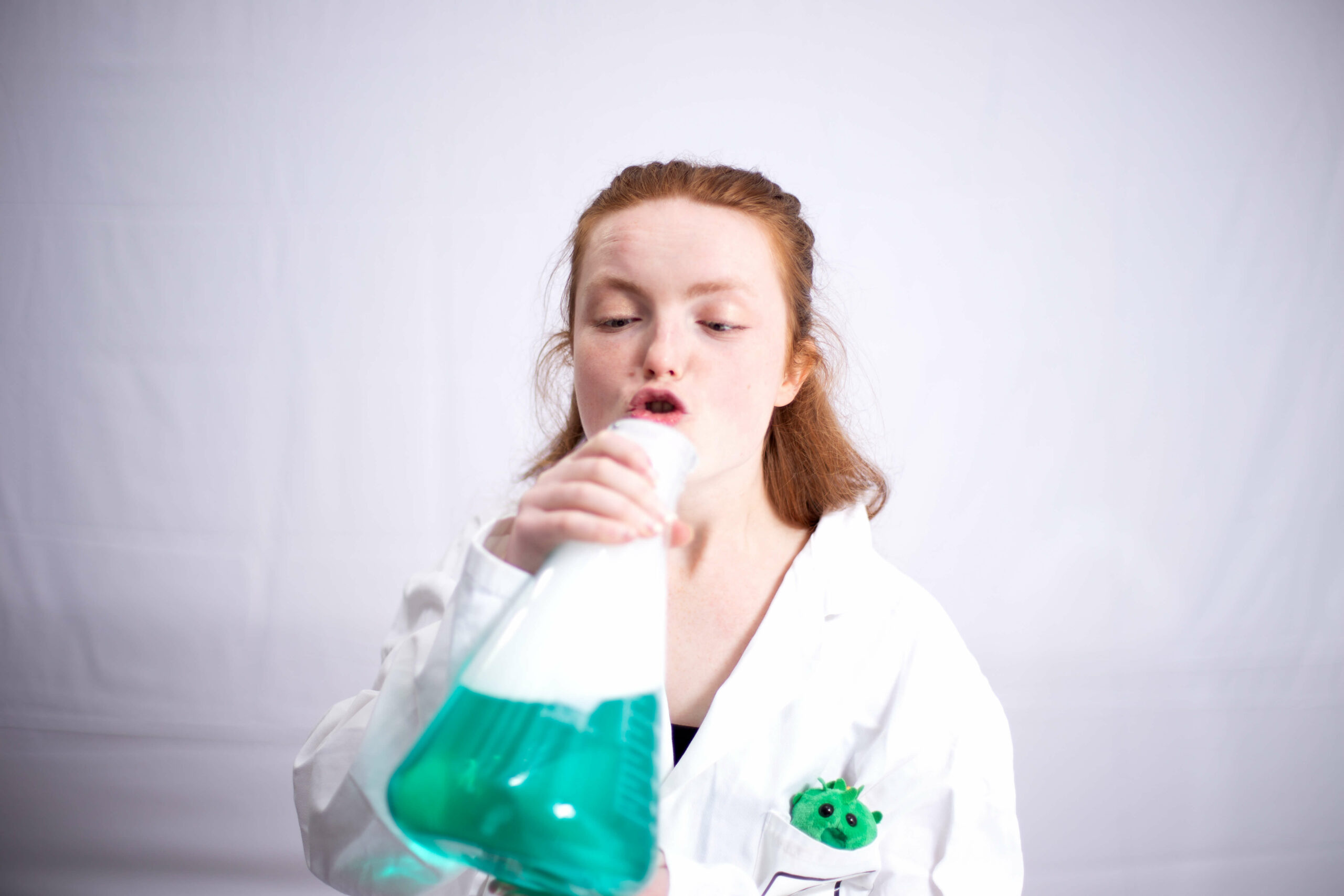
Fiona Kemm MRes | Scientist
Fiona is a vital member of our Research team, rigorously testing our robots to ensure scientists don’t break them. With no prior robotics experience, she was the ideal guinea pig for our world-class user experience and support. Holding a BSc in Biochemistry and an MRes in Molecular Microbiology, Fiona brings extensive hands-on expertise she applies across departments, supporting both users and internal teams. From writing insightful web articles to specialising in SQWERTY, Fiona ensures our innovations perform flawlessly, helping customers focus on the creative and interpretive aspects of science that can’t be automated.
References
[1] Schimmelbusch, C. (1900) Guide to the aseptic treatment of wounds. 2nd edn. G. P. Putnam’s.
[2] Heinrich Schnitger (2024) Wikipedia. Accessed: 13 August 2024.
[3] Lab Manager (no date). Evolution of the Pipette. Accessed: 13 August 2024.
[4] Gilson Inc. Our history. Accessed 24th December 2024.
[5] Klingenberg, M. (2005). When a common problem meets an ingenious mind. EMBO Reports, 6(9), pp.797-800. doi: 10.1038/sj.embor.7400520.